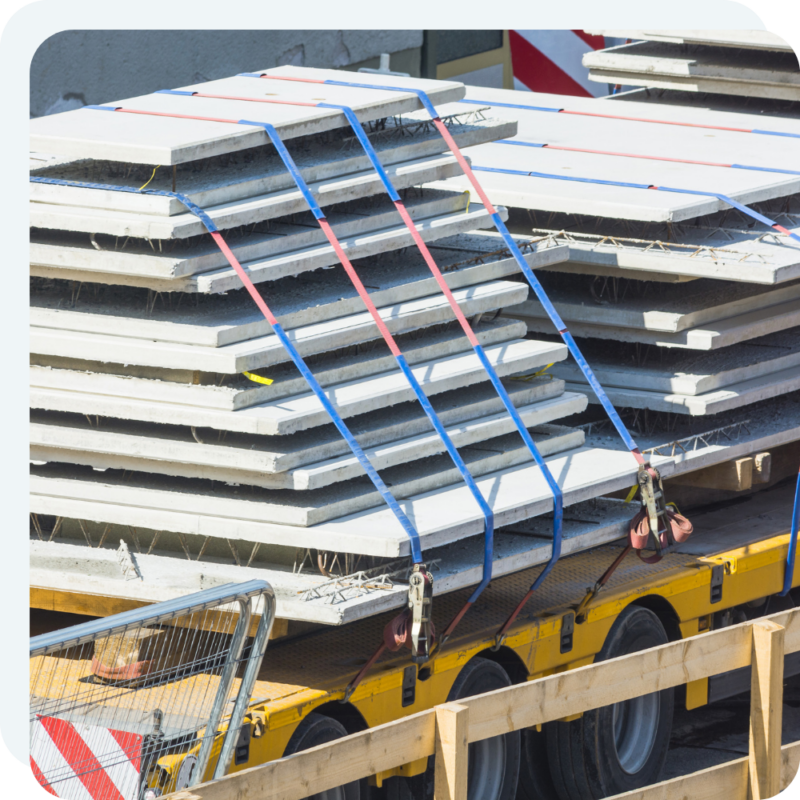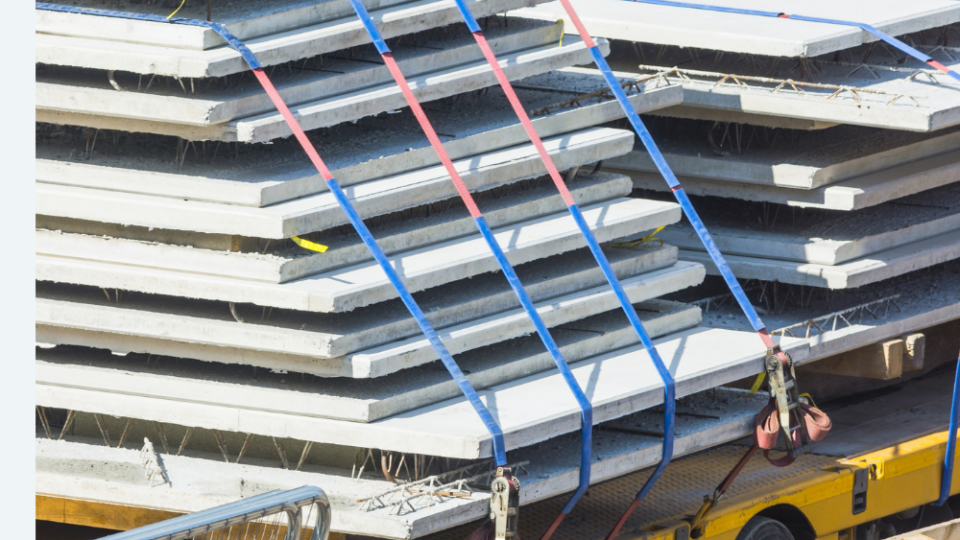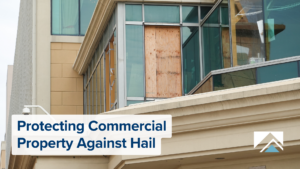Contractors know that a lot can go wrong in the process of moving materials from point A to point B. Damage, theft, and other losses in the shipping and transit process can create business disruptions and leave business owners paying the costs to repair or replace property.
A standard commercial coverage like a business owners’ policy will provide adequate property coverage for inventory and equipment stored at a covered location—and occasionally even for goods in transit or used away from the business’s premises.
But for contractors that frequently ship or transport building materials or equipment, additional coverage known as inland marine insurance is needed to protect against the risks to property that may occur while material is on the move. This is especially important in fields like construction—where materials and equipment must be moved from location to location for different jobs—and any other industry that requires transport of high-value materials.

What is Inland Marine Insurance?
The main point of inland marine coverage is property that can be moved or transported. Coverage under inland marine insurance has evolved over time to account for different types of risks and different types of goods or property that may need to be transported. Based on policyholders’ needs and what insurers offer, the specific terms of coverage may also vary substantially from one policy to another. At a baseline, however, inland marine insurance will define coverage both in terms of items that are eligible for coverage and the types of risks or perils that can cause coverage to kick in:
Example Items Covered
Like many other insurance policies, inland marine insurance can be written for “named perils” or “all risks.”
- Construction equipment
- Scientific equipment
- Temporarily held materials for customers
- Large machinery
Inland Marine Floaters and Endorsements
Inland marine insurance can include specialized coverage through add-on floaters or endorsements, tailored to the policyholder’s specific needs. Here are some of the most common types of coverage.
Bailee’s Coverage
A business in temporary possession of property belonging to others is a bailee. When customers leave property with a business—for instance, to be cleaned, serviced, repaired, or stored—they expect their items to be returned to them without damage. In instances when property is damaged, lost, or stolen while on the bailee’s premises or in transit, bailee’s coverage, also know as bailee’s insurance or bailee’s customer insurance, will cover the cost of the loss if the cause of damage is eligible under the policy.
Cargo Insurance
Cargo insurance protects goods and property while being transported by motor carriers, making it essential for freight, logistics, towing, and moving companies. Cargo insurance may be required by law or by the client. It’s essential for protecting against financial loss or damage to goods. Policies can be named perils or all-risk, but may exclude certain types of incidents. High-value items may require additional coverage.
Equipment Floater
An equipment floater is a type of insurance used to protect frequently transported equipment from loss or damage, commonly used in the construction industry for heavy machinery. Floaters are available for individual equipment or general tools and equipment policies. Policies typically cover risks such as fire, theft, vandalism, and certain natural disasters.
Installation Floater
Installation floaters are a type of inland marine coverage that cover property, tools, and materials prior to or during installation. Usually, ehe policies cover tools and materials from the start of the job until installation is complete. This type of insurance is useful for contractors and other businesses that install property for customers.








